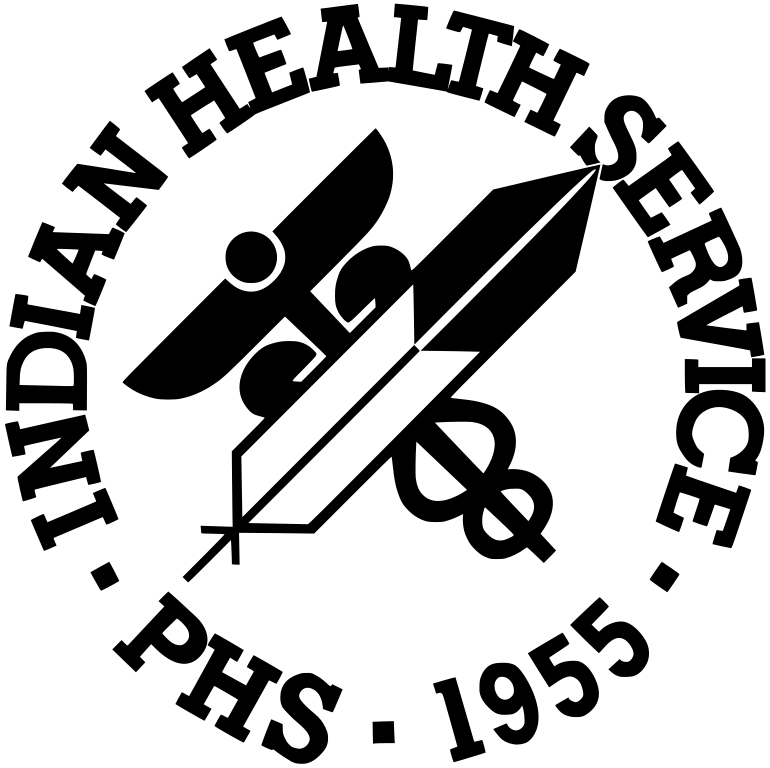Environmental Health Services
The Indian Health Service’s mission is“to raise the physical, mental, social, and spiritual health of American Indians and Alaska Natives to the highest level”
Background
health status, such as living in remote and isolated locations that expose residents to severe climatic conditions, hazardous geography, and disease-carrying insects and rodents. Other factors include limited availability of housing and extensive use of sub-standard housing, unsanitary methods of sewage and waste disposal, and unsafe water supplies.
The IHS Environmental Health Services program identifies environmental hazards and risk factors in tribal communities and proposes control measures to prevent adverse health effects. These measures include monitoring and investigating disease and injury in tribal communities; identifying environmental hazards in community facilities such as food service establishments, Head Start Centers, community water supply systems, and health care facilities; and providing training, technical assistance, and project funding to develop the capacity of tribal communities to address their environmental health issues.
Plan
The EHS program includes the specialty areas of injury prevention and institutional environmental health. Through shared decision making and sound public health measures, the program seeks to enhance the health and quality of life for American Indians and Alaska Natives by eliminating environmentally related diseases and injuries. The IHS works closely with tribes and other partners to identify priorities and develop actions plans to address environmental health issues such as food safety, children’s environment (schools, childcare facilities, etc.), vector-borne and communicable diseases, safe drinking water, and healthy homes.
Status
IHS and Tribal EH partners should continue to develop and implement effective environmental health and injury prevention strategies that aim to eliminate morbidity and mortality among AI/AN populations.
February
Download this Fact Sheet [PDF - 258 KB]
February 2025


